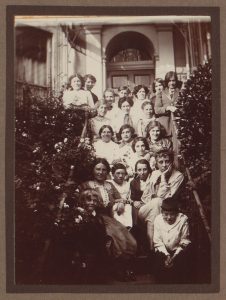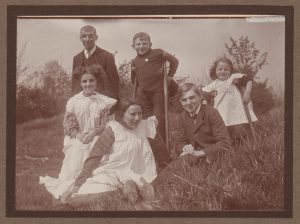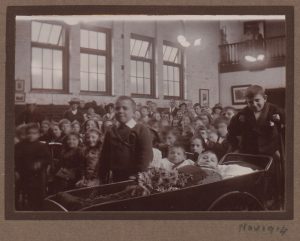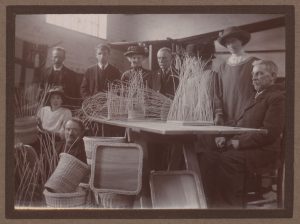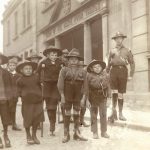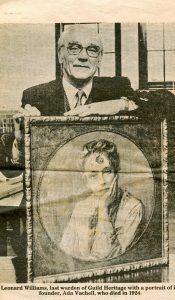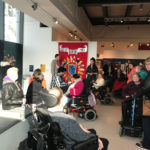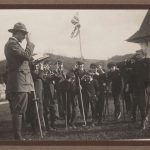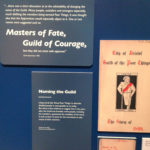The Guild of the Brave Poor Things opened a branch in 1894 in Bristol as a social club for people with disabilities. Guild members received a bright red membership card emblazoned with the logo – a crutch crossed with a sword – and the motto “Laetus Sorte Mea”, which translated from Latin as “happy in my lot”.
The dramatising and pitying language used to describe the Guild’s members was a product of the Victorian era and unpopular with the membership even at the time – in 1917 the name was changed to the ‘Guild of the Handicapped’.
Accessible architecture decades ahead of its time
The Guild was popular with disabled people and in 1913 an imposing new building was opened in the St Jude’s area of Bristol to house its activities. Designed with purpose built disabled access, it was decades ahead of its time – protests for accessible buildings did not start happening in Bristol until the 1980s.
The Guild finally began to decline in the 1970s and closed in 1987. Until 2010, the Guild’s building was a Council office – now it has been refurbished and occupied by the NSPCC.
Research by our Bristol co-ordinator and volunteer group will be uncovering the changing history of the Guild and its members during its 100 year history.










